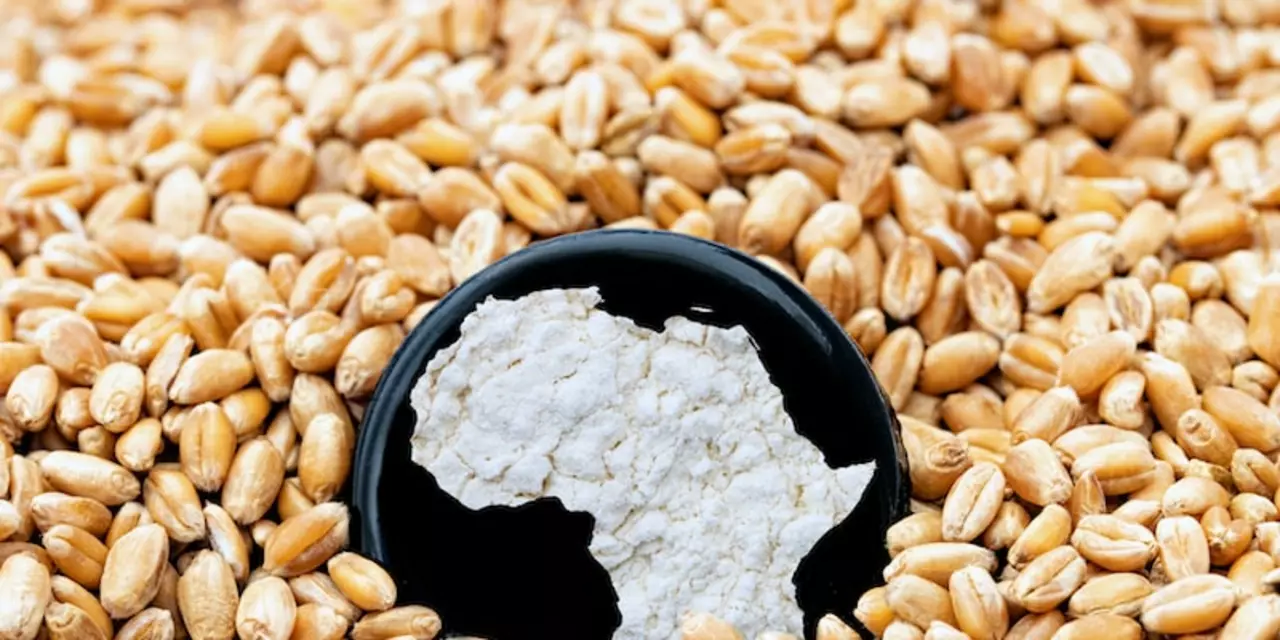Pulses: The Everyday Superfood You Should Know
If you’ve ever wondered why Indian kitchens are full of tiny beans and lentils, the answer is simple – pulses are cheap, nutritious, and versatile. They include lentils, chickpeas, moong, urad, and many more. Each one packs protein, fiber, iron, and a bunch of vitamins that keep you full and healthy.
Why Pulses Matter for Your Health
Eating pulses regularly can lower cholesterol, stabilize blood sugar, and support gut health. Because they’re high in fiber, they keep you feeling satisfied longer, which helps with weight control. The protein they provide is plant‑based, making them a great option for vegetarians and anyone looking to cut down on meat.
Quick Tips to Cook Pulses Perfectly
1. Rinse and soak: Most pulses benefit from a short soak (30 minutes to a few hours). Soaking cuts cooking time and reduces the occasional gas‑causing compounds.
2. Use the right water ratio: A general rule is 3 cups of water for every cup of dry pulses. Adjust if you like them softer.
3. Season at the right moment: Add salt halfway through cooking; early salt can toughen the skins.
4. Pressure cooker shortcut: If you’re short on time, a pressure cooker can finish most pulses in 5‑10 minutes after the first whistle.
These steps work for common Indian pulses like masoor dal, toor dal, and chana. Once you’ve mastered the basics, you can blend them into soups, salads, or even desserts.
Popular Indian Pulses and How to Use Them
Masoor (Red Lentil): Cooks fast, turns mushy, perfect for dal or thick soups.
Toor (Pigeon Pea): The star of sambar; needs a longer soak but gives a hearty texture.
Moong (Green Gram): Light and easy to digest, great for sprouting or making khichdi.
Urad (Black Gram): Ideal for dosa batter and thick curries; its skin adds depth.
Chickpeas (Kabuli Chana): Great for chole, hummus, or roasted snack.
Storing Pulses for Freshness
Keep dry pulses in airtight containers away from moisture and sunlight. A cool pantry or cupboard works fine. Once cooked, store leftovers in the fridge for up to four days, or freeze in portioned bags for longer use. The freezer keeps texture intact, so you can pop them into a stir‑fry straight away.
Easy Pulse Recipes to Try Today
One‑Pot Lentil Curry: Sauté onion, garlic, ginger; add tomatoes, spices, 1 cup masoor, water, and simmer until soft. Finish with a splash of lemon.
Chickpea Salad: Toss boiled chana with chopped cucumber, tomato, cilantro, a pinch of salt, and a drizzle of olive oil.
Moong Sprout Stir‑Fry: Quick‑cook sprouted moong with mustard seeds, curry leaves, and a dash of chili powder for a crunchy side.
These dishes show how pulses can fit into any meal – breakfast, lunch, or dinner – without demanding fancy ingredients.
So next time you shop, grab a bag of pulses, soak a few, and give your body the protein boost it deserves. They’re cheap, they’re healthy, and they’re surprisingly easy to make. Happy cooking!

What is the typical food of a poor Indian?
Poor Indians have a diet which is mostly dependent on basic staples like wheat, rice and pulses. These are supplemented by a variety of vegetables and fruits, which are seasonal and locally available. Dairy products and meat are consumed sparingly, and mainly by those who can afford it. Poor Indians usually have simple meals which consist of chapatis, dals and vegetables, or rice and sambar.